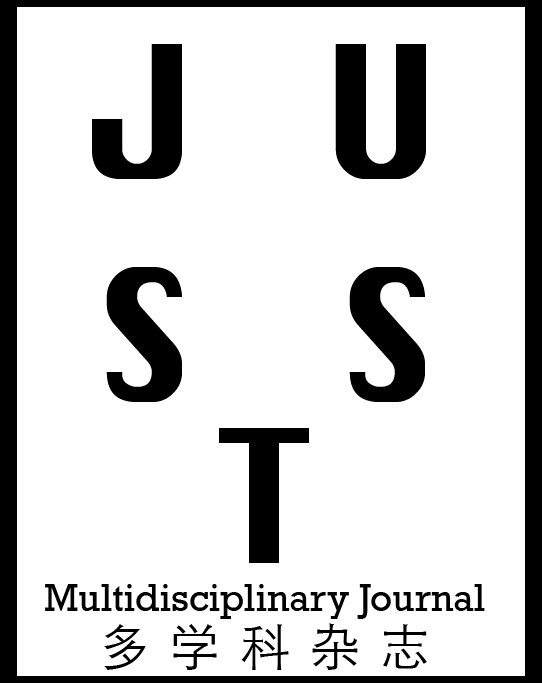Arsha Subbi, Dr Balakrishnan Kalamullathil
Department of English and Languages, Amrita Viswa Vidyapeetham, Kochi Campus, India.
Rewriting Dalit Gender Paradigms through the Viranganas and Femme Fatale Archetypes
Authors
Abstract
The true identity of the Femme Fatale character type has not yet been discovered despite the growing interest of authors and writers in this lethal woman archetype, whose extensive presence was seen in nineteenth and twentieth century literary and cultural texts. The Femme Fatale has acquired numerous forms since her arrival into the literary arena. Although typically villainous, or at least morally confusing, and always associated with a sense of mystification and unease, Femme Fatales have also appeared as an anti-heroine in some stories. Some narratives also end with a repenting Femme Fatale, who regrets her past villainy. Some Femme Fatales also pave way for greater good by ensnaring the villain and reforming him through her lethal treatments. Dalit viranganas are a group of warrior women characters who are comparatively novel portrayals within the arena of literature. These characters refurbish the entire ideologies governing the conventional patriarchy which often put women under the control of these patriarchal figures. She denies fitting into the roles of a dutiful wife and nurturing mother that the mainstream society prescribes for her. In these representations there is a blending of history and present and these women become symbols of pride for the community. They are often dressed in masculine manner and displays physical prowess, which is a quality often ascribed to men. She leaves behind a strong picture of an unremorseful, bold and daring woman who adheres to her own ideals rejecting the rules put forward by society.
